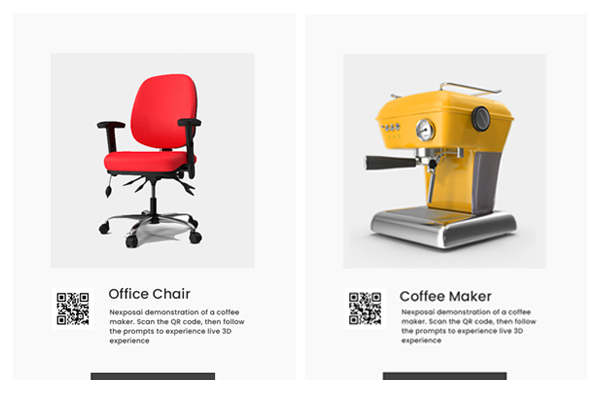The Power of AR in Enhancing Brand Storytelling
Augmented Reality (AR) has revolutionized the way we experience the world around us. From gaming to education, AR has found its way into various industries, and one area where it truly shines is in enhancing brand storytelling. In this article, we will explore how AR can bring brands to life and take brand storytelling to a whole new level.
What is AR?
Before we dive into the exciting world of AR-enhanced brand storytelling, let’s quickly recap what AR is. Augmented Reality is a technology that overlays digital content onto the real world, creating an immersive and interactive experience. Unlike Virtual Reality (VR), which completely replaces the real world, AR enhances our perception of reality by adding virtual elements.
The Power of Storytelling
Storytelling has always been a powerful tool for brands to connect with their audience. It allows them to convey their values, evoke emotions, and create a memorable experience. However, traditional storytelling methods have their limitations. That’s where AR comes in.
Immersive Brand Experiences
AR enables brands to create immersive experiences that captivate their audience. Imagine walking into a retail store and using your smartphone to scan a product. Suddenly, the product comes to life with interactive 3D animations, product demonstrations, and customer reviews. This not only engages customers but also provides them with valuable information to make informed purchasing decisions.
Interactive Product Demonstrations
AR allows brands to showcase their products in a whole new way. Instead of relying on static images or videos, customers can now interact with virtual models of the products. They can explore different features, customize colors and materials, and even see how the product fits into their own environment. This level of interactivity not only enhances the customer experience but also boosts confidence in the product.
Virtual Try-Ons
One of the most exciting applications of AR in brand storytelling is virtual try-ons. Whether it’s trying on clothes, accessories, or even makeup, AR allows customers to see how products look on them without physically trying them on. This not only saves time but also eliminates the uncertainty of online shopping. By bridging the gap between the digital and physical worlds, AR enables brands to provide a personalized and convenient shopping experience.
Creating Emotional Connections
AR has the power to evoke emotions and create lasting memories. Brands can use AR to tell their story in a way that resonates with their audience on a deeper level. For example, a museum can use AR to bring historical artifacts to life, allowing visitors to interact with them and learn in a more engaging way. By creating emotional connections, brands can leave a lasting impression and build strong brand loyalty.
Measurable Results
One of the key advantages of using AR in brand storytelling is the ability to measure its impact. Brands can track user engagement, conversion rates, and other metrics to understand how their AR experiences are performing. This data-driven approach allows them to optimize their storytelling strategies and continuously improve the customer experience.
The Future of AR in Brand Storytelling
The future of AR in brand storytelling is incredibly promising. As technology advances, we can expect even more immersive and seamless experiences. With the rise of wearable AR devices like smart glasses, brands will have new opportunities to engage with their audience in ways we can only imagine.
So, if you’re a business executive looking to elevate your brand storytelling, it’s time to explore the power of AR. Embrace this technology to create immersive experiences, engage your audience, and leave a lasting impression. The possibilities are endless, and the results are truly remarkable.





